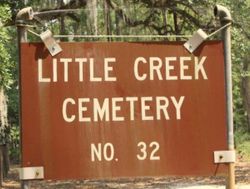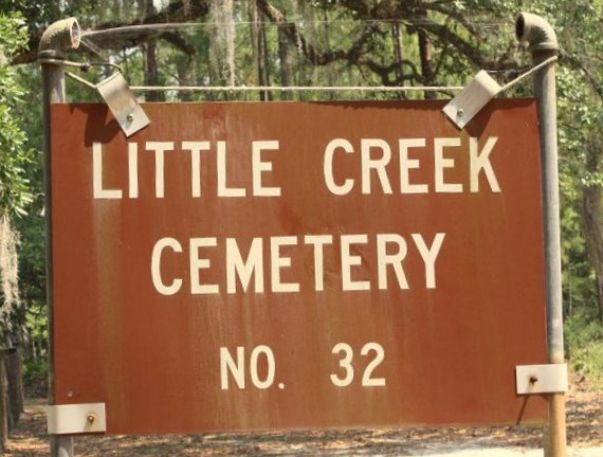There are a variety of reasons Native American (American Indian) ancestry may not show up in a person’s DNA. One obvious reason is that a person may never have had any Native American ancestors. There are, however, other reasons. For most Americans with Native American ancestors, that ancestry is five or more generations back. In fact it can be so far back in a family tree that it does not show up in DNA tests. Also, most ancestry testing companies use only a small sample of Native American groups (often less than half a dozen tribes) as a reference for testing, and many of those sample groups are from South, rather than North, America. (My own case is a good example of how inaccurate genetics testing companies can be when it comes to Native American ancestry. Three different companies have estimated my Indian ancestry as none, a trace, and 9%.) Another important point about American Indian (Native American) DNA ancestry should be made. Anthropologist Mary Helms created the term “colonial Indian tribes” in the 1960s to refer to societies which originated as recognizable entities only as a direct result of colonial policies. Colonial tribes are often a racially mixed people that over time became identified more with their Indian ancestry rather than their African or white ancestry. These groups are culturally Indian while ultimately having little, if any, Indian DNA. Colonial tribes include groups as diverse as the Miskito Indians of eastern Nicaragua (whom Helms studied); various Amazon tribes in Brazil; the Lumbee Indians of North Carolina; the Black Seminoles of Oklahoma, Mexico, and the Bahamas; and many others. The term colonial tribe attempts to get at the idea that someone can be culturally something (American Indian, for example) without being biologically something. So, it should not be surprising that someone with, for example, a Lumbee Indian ancestor would not necessarily test as having significant American Indian DNA.
Thanks so much to Nevada McClelland Bell and Bell and Downs family researchers for much of this information. Any errors, however, are mine alone. Please go to the "edit" link on this site with any corrections or additions.
There are a variety of reasons Native American (American Indian) ancestry may not show up in a person’s DNA. One obvious reason is that a person may never have had any Native American ancestors. There are, however, other reasons. For most Americans with Native American ancestors, that ancestry is five or more generations back. In fact it can be so far back in a family tree that it does not show up in DNA tests. Also, most ancestry testing companies use only a small sample of Native American groups (often less than half a dozen tribes) as a reference for testing, and many of those sample groups are from South, rather than North, America. (My own case is a good example of how inaccurate genetics testing companies can be when it comes to Native American ancestry. Three different companies have estimated my Indian ancestry as none, a trace, and 9%.) Another important point about American Indian (Native American) DNA ancestry should be made. Anthropologist Mary Helms created the term “colonial Indian tribes” in the 1960s to refer to societies which originated as recognizable entities only as a direct result of colonial policies. Colonial tribes are often a racially mixed people that over time became identified more with their Indian ancestry rather than their African or white ancestry. These groups are culturally Indian while ultimately having little, if any, Indian DNA. Colonial tribes include groups as diverse as the Miskito Indians of eastern Nicaragua (whom Helms studied); various Amazon tribes in Brazil; the Lumbee Indians of North Carolina; the Black Seminoles of Oklahoma, Mexico, and the Bahamas; and many others. The term colonial tribe attempts to get at the idea that someone can be culturally something (American Indian, for example) without being biologically something. So, it should not be surprising that someone with, for example, a Lumbee Indian ancestor would not necessarily test as having significant American Indian DNA.
Thanks so much to Nevada McClelland Bell and Bell and Downs family researchers for much of this information. Any errors, however, are mine alone. Please go to the "edit" link on this site with any corrections or additions.
Family Members
Advertisement
Explore more
Sponsored by Ancestry
Advertisement















